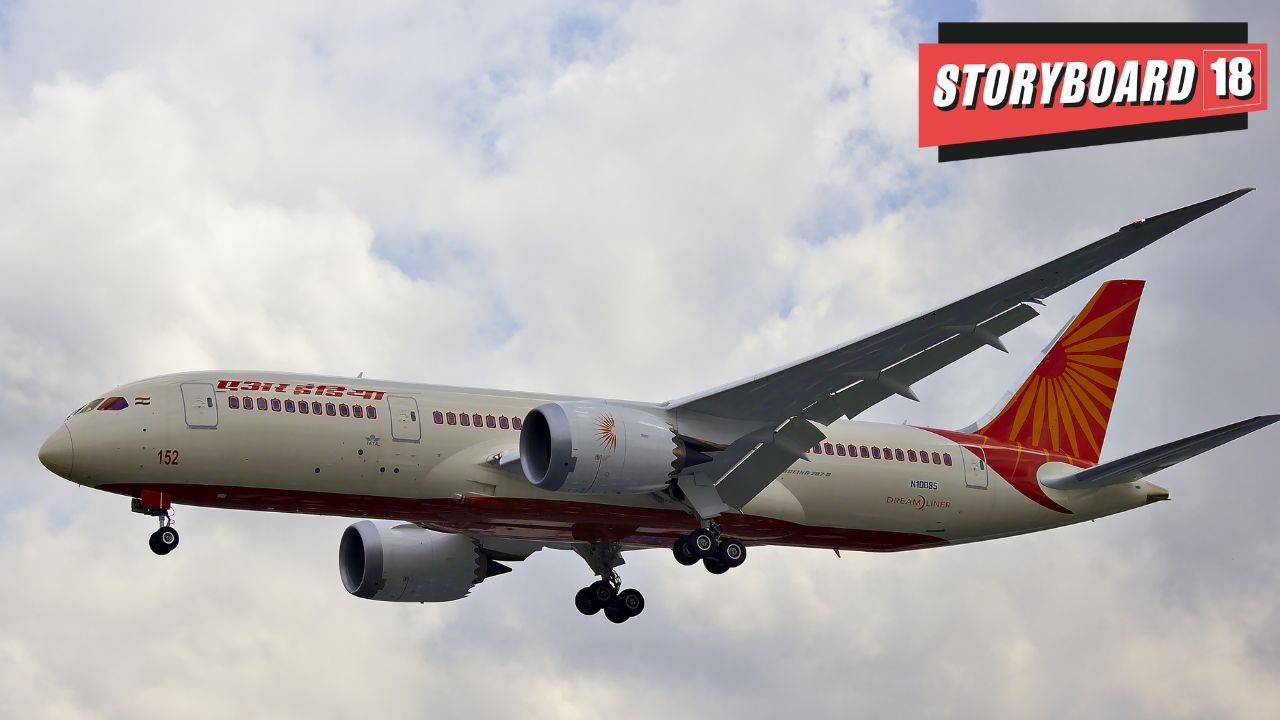By Ameya Joshi
On July 27, 2023; Air India group announced that it has received approval from the regulator to operate AirAsia India flights under the the brand name ‘Air India Express’. This essentially means that the airline is allowed to operate, market and distribute AirAsia India flights as Air India Express. This is one step forward as the two companies await a legal merger, where AirAsia India will merge with Air India Express. By an agreement with AirAsia Bhd, the airline has to stop using the AirAsia branding by November this year and many of its aircraft are already visible without any branding as they await re-branding.
Parallely, Air India unveiled its new brand identity and livery at a function held in New Delhi on August 10, in the presence of the Tata group chairman. The chairman specifically said they are “all in” when it comes to the turnaround.
In a not-so-surprising announcement on September 25, the Air India group said that it would be doing an internal codeshare with AIX Connect (formerly AirAsia India), a fully owned subsidiary of Air India. Codeshare is an agreement between airlines to sell seats on each other’s flights. This will involve placing the AI code on over 100 flights across 21 routes operated by AirAsia India. While this may add complexities for the airline, it will help it become more competitive and bodes well for the passengers.
What has exactly happened?
Air India has placed its code on certain AirAsia India flights where passengers will be able to fly on AirAsia India but ticketed by Air India and connect to the wider international network of the airline. AirAsia India is being marketed as Air India Express with the livery on those planes being red and white without the AirAsia branding.
Passengers will thus fly two airlines – AirAsia India and Air India – from A to B but would be under one ticket with the responsibility of the entire trip taken care of, especially if there are delays or misconnections.
Over a period of time, as data builds up, the airline will tweak schedules, pricing and overall arrangement to ensure revenue uptick as well as optimum seats being allotted for such connecting passengers.
What does it mean for the passengers?
As Air India consolidates into one single umbrella with a full-service arm and a low-cost arm, there will be sectors which will be operated by either of them and not both. In such cases, the passengers would not be able to get a single journey pricing and the convenience of a single ticket like thru check-in.
Loyalty will play a big role in this shift of passengers, and occurring miles from the frequent flyer program would be top on the agenda for both passengers and the airline. To begin with, it means that the passengers won’t have to be worried about collecting their baggage and depositing it again before the counter closes.
Why is it complex?
Each airline operates its own systems like its choice of reservation system, Departure Control System (DCS), etc. LCCs typically are not hosted on such systems since conceptually they did not engage in codeshare or interline arrangements in the past. While times have changed, systems have also changed to be in sync with the changing times.
The pricing for LCCs has traditionally been point-to-point, though that too has changed in India. Thus on a given flight, between say Kochi to Delhi, there will be passengers who are going to Delhi, and then those who are going to maybe 10 different destinations onwards on Air India but ticketed on a single PNR (Passenger Name Record).
What does the future look like?
Air India has a long way to go. By the time AirAsia India is merged with Air India Express, it will be time for Vistara to merge with Air India. While the teams work on mergers, inductions would be taking place at record levels never seen before, especially on the widebody front.
The initial expansion for Air India could be two-pronged. The widebodies opening up new routes from a tried and tested hub of Delhi being supported with flight additions from Mumbai and the narrowbodies opening up new routes in the Gulf and ASEAN. The lack of interoperability would seriously hamper its prospects, so it was largely expected that interconnectivity would start soon.
The next question that would come up is why the group need two different airlines – one in low-cost space and one in full-service, a question which had come up for both Kingfisher Airlines and Jet Airways in the past. The group will cross the bridge when it reaches there.
